TOP MANGOS FOUND IN INDIA IN HINDI Mango varieties in India types of mangoes in india Types of mangoes in india
Mangoes, known as the king of fruits, are one of the most popular fruits in the world. India is the largest producer of mangoes, and it is home to a wide variety of mangoes. In fact, there are over 1,000 varieties of mangoes grown in India! Here, we will take a look at some of the most popular types of mangoes in India.
- Alphonso Mango
Alphonso mangoes are considered the king of mangoes due to their unique taste, aroma, and texture. Named after the Portuguese general, Afonso de Albuquerque, who introduced the fruit to India, these mangoes are mostly grown in the Konkan region of Maharashtra. They are medium-sized with a bright golden-yellow skin and a smooth, velvety flesh.
- Kesar Mango
Kesar mangoes are mostly grown in Gujarat and Maharashtra. They have a sweet, aromatic flavor and a vibrant golden-yellow skin. Kesar mangoes are a bit smaller than Alphonso mangoes, but they are just as delicious.
- Chaunsa Mango
Chaunsa mangoes are grown in the northern part of India, particularly in Punjab and Uttar Pradesh. They are oval-shaped with a green-yellow skin that turns golden-yellow as the fruit ripens. Chaunsa mangoes are known for their sweet, juicy flesh and strong aroma.
- Langra Mango
Langra mangoes are mostly grown in the northern part of India, particularly in Uttar Pradesh and Bihar. They are small to medium-sized with a greenish-yellow skin and a sweet, tangy flavor. Langra mangoes are known for their fibrous flesh and juicy texture.
- Totapuri Mango
Totapuri mangoes are mostly grown in the southern part of India, particularly in Andhra Pradesh, Karnataka, and Tamil Nadu. They have an elongated shape with a pointed tip and a green-yellow skin that turns yellow as the fruit ripens. Totapuri mangoes are known for their slightly sour, tangy flavor and are often used in pickles and chutneys.
- Himsagar Mango
Himsagar mangoes are grown in West Bengal, particularly in the districts of Murshidabad and Malda. They have a small to medium size with a yellowish skin and a sweet, juicy flesh. Himsagar mangoes are known for their unique aroma and are often referred to as the "jewel of Bengal."- Dasheri Mango
Dasheri mangoes are grown in Uttar Pradesh, particularly in the districts of Lucknow and Malihabad. They have a small to medium size with a greenish-yellow skin and a sweet, juicy flesh. Dasheri mangoes are known for their strong aroma and rich, creamy texture.
- Neelam Mango
Neelam mangoes are mostly grown in Andhra Pradesh, Tamil Nadu, and Karnataka. They have an oval shape with a green-yellow skin that turns yellow as the fruit ripens. Neelam mangoes are known for their sweet, juicy flesh and are often used to make mango juice and other beverages.
- Banganapalli Mango
Banganapalli mangoes are mostly grown in Andhra Pradesh and are one of the largest varieties of mangoes. They have an oblong shape with a yellow skin and a sweet, juicy flesh. Banganapalli mangoes are known for their unique flavor and are often used in mango shakes and smoothies.
- Rajapuri Mango
Rajapuri mangoes are mostly grown in Gujarat and Maharashtra. They have a large size with a greenish-yellow skin and a sweet, juicy flesh. Rajapuri mangoes are known for their low fiber content and are often used in mango desserts such
भारत में पाए जाने वाले शीर्ष हिंदी में भारत में आम की किस्में भारत में आम के प्रकार भारत में आम के प्रकार हिंदी में
फलों का राजा कहे जाने वाले आम दुनिया के सबसे लोकप्रिय फलों में से एक हैं। भारत आमों का सबसे बड़ा उत्पादक है, और यह आमों की एक विस्तृत विविधता का घर है। वास्तव में, भारत में आमों की 1,000 से अधिक किस्में उगाई जाती हैं! यहां, हम भारत में कुछ सबसे लोकप्रिय प्रकार के आमों पर नज़र डालेंगे।
अल्फांसो आम
अल्फांसो आम को उनके अनोखे स्वाद, सुगंध और बनावट के कारण आमों का राजा माना जाता है। पुर्तगाली जनरल, अफोंसो डी अल्बुकर्क के नाम पर, जिन्होंने भारत में फल पेश किया, ये आम ज्यादातर महाराष्ट्र के कोंकण क्षेत्र में उगाए जाते हैं। वे चमकीले सुनहरे-पीले रंग की त्वचा और चिकने, मखमली मांस के साथ मध्यम आकार के होते हैं।
केसर आम
केसर आम ज्यादातर गुजरात और महाराष्ट्र में उगाए जाते हैं। उनके पास एक मीठा, सुगंधित स्वाद और एक जीवंत सुनहरी-पीली त्वचा है। केसर आम अल्फांसो आम से थोड़े छोटे होते हैं, लेकिन उतने ही स्वादिष्ट होते हैं।
तोतापुरी आम
तोतापुरी आम ज्यादातर भारत के दक्षिणी भाग में उगाए जाते हैं, खासकर आंध्र प्रदेश, कर्नाटक और तमिलनाडु में। उनके पास नुकीले सिरे के साथ लम्बी आकृति होती है और हरी-पीली त्वचा होती है जो फल के पकने के साथ पीली हो जाती है। तोतापुरी आम अपने थोड़े खट्टे, तीखे स्वाद के लिए जाने जाते हैं और अक्सर अचार और चटनी में इस्तेमाल किए जाते हैं।
हिमसागर आम
हिमसागर आम पश्चिम बंगाल में विशेष रूप से मुर्शिदाबाद और मालदा जिलों में उगाए जाते हैं। वे पीले रंग की त्वचा और मीठे, रसीले मांस के साथ छोटे से मध्यम आकार के होते हैं। हिमसागर आम अपनी अनूठी सुगंध के लिए जाने जाते हैं और अक्सर इसे "बंगाल का गहना" कहा जाता है।
दशहरी आम
दशहरी आम उत्तर प्रदेश में विशेष रूप से लखनऊ और मलिहाबाद जिलों में उगाए जाते हैं। उनके पास हरी-पीली त्वचा और मीठे, रसीले मांस के साथ छोटे से मध्यम आकार के होते हैं। दशहरी आम अपनी मजबूत सुगंध और समृद्ध, मलाईदार बनावट के लिए जाने जाते हैं।
नीलम आम
नीलम आम ज्यादातर आंध्र प्रदेश, तमिलनाडु और कर्नाटक में उगाए जाते हैं। हरी-पीली त्वचा के साथ उनका अंडाकार आकार होता है जो फल के पकने के साथ पीले रंग में बदल जाता है। नीलम आम अपने मीठे, रसीले गूदे के लिए जाने जाते हैं और अक्सर आम का रस और अन्य पेय पदार्थ बनाने के लिए उपयोग किए जाते हैं।
बंगनपल्ली मैंगो
बंगनपल्ली आम ज्यादातर आंध्र प्रदेश में उगाए जाते हैं और आम की सबसे बड़ी किस्मों में से एक हैं। उनके पास पीली त्वचा और मीठे, रसीले मांस के साथ एक आयताकार आकार है। बंगनपल्ली आम अपने अनोखे स्वाद के लिए जाने जाते हैं और अक्सर आम के शेक और स्मूदी में इस्तेमाल किए जाते हैं।
राजपुरी आम
राजापुरी आम ज्यादातर गुजरात और महाराष्ट्र में उगाए जाते हैं। वे हरी-पीली त्वचा और मीठे, रसीले गूदे के साथ बड़े आकार के होते हैं। राजापुरी आम अपने कम फाइबर सामग्री के लिए जाने जाते हैं और अक्सर आम के डेसर्ट में उपयोग किए जाते हैं

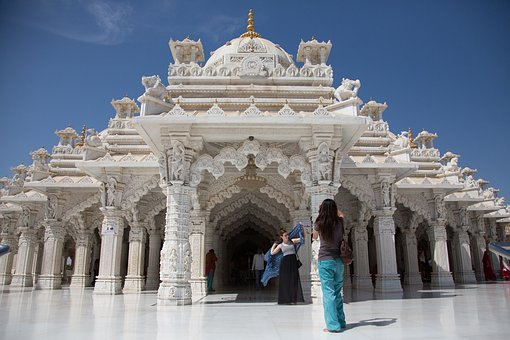


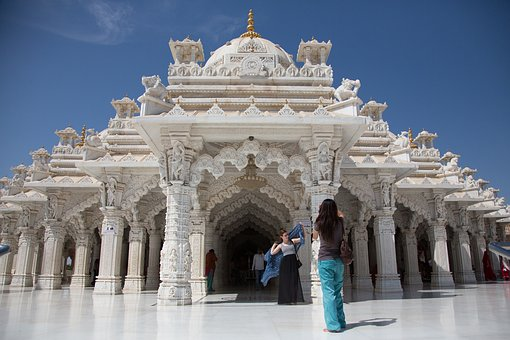

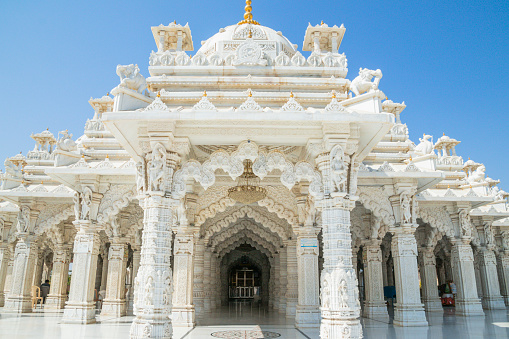
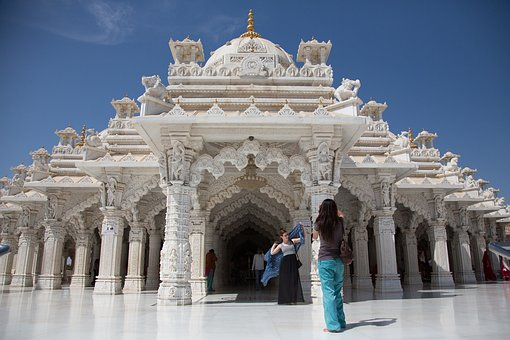



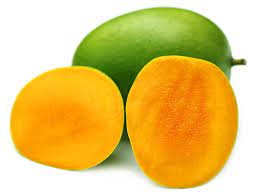




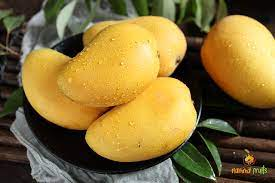

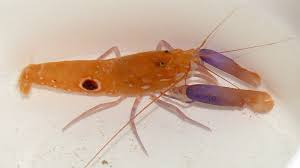
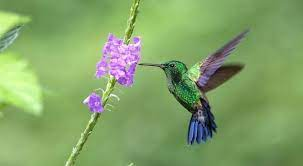



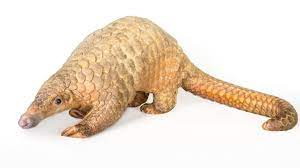




.jpg)
.jpg)
.jpg)
.png)
.jpg)
.jpg)



